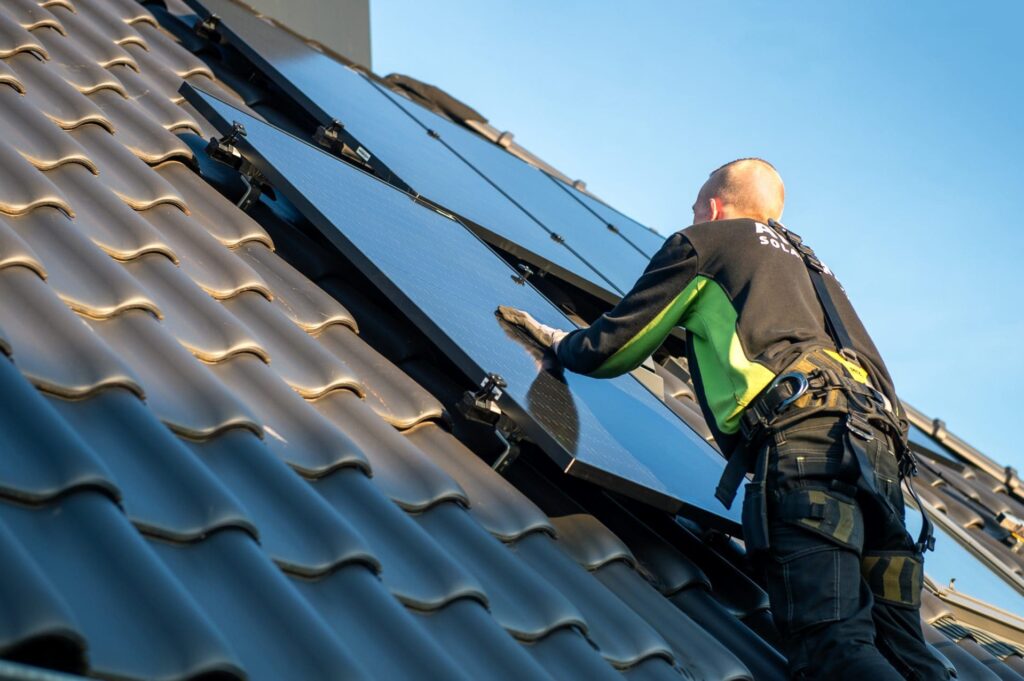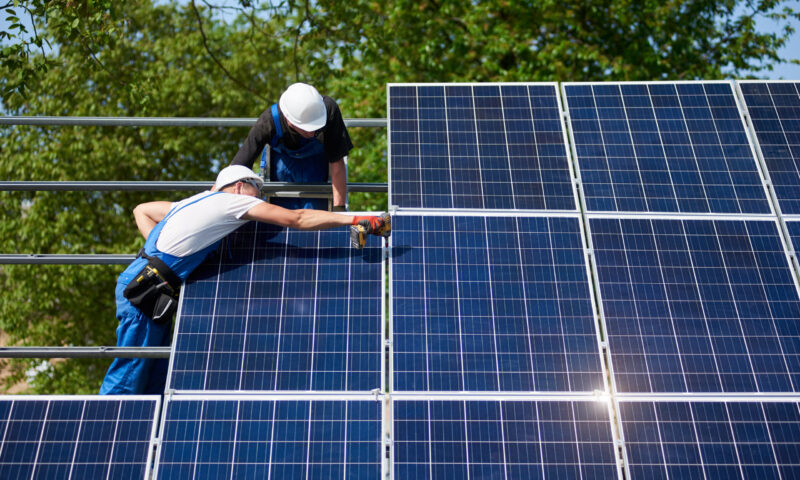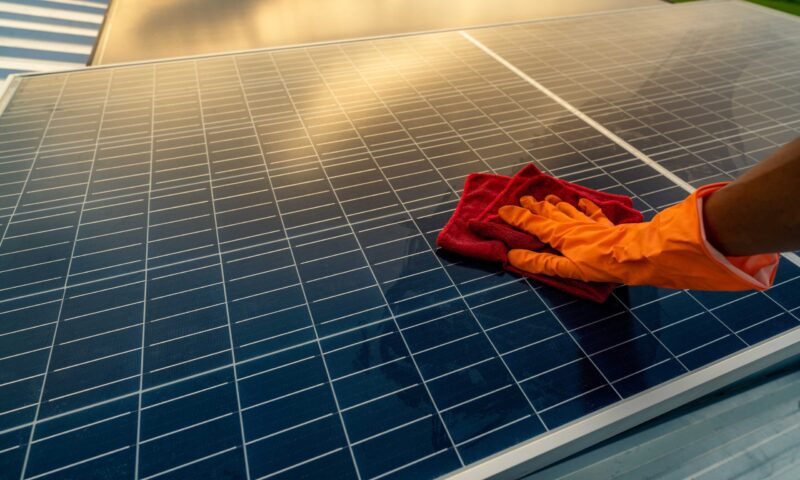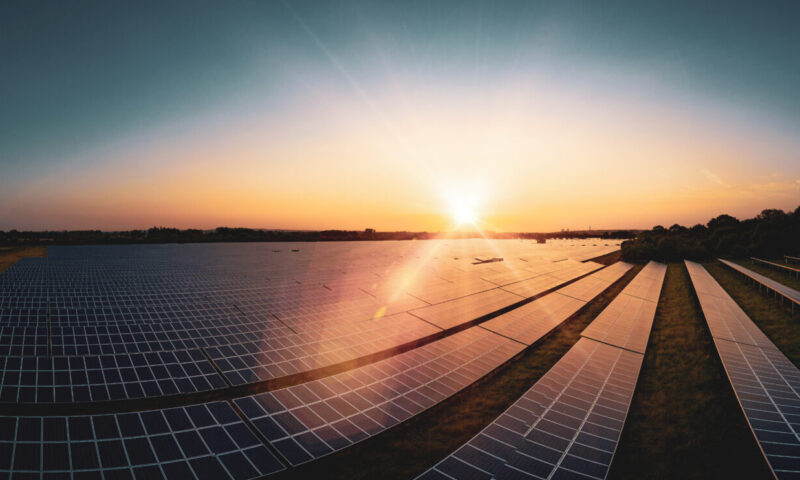Tematyka artykułu:
Selection of the power of a photovoltaic installation – which photovoltaic installation for a house?
The most important issue when purchasing a photovoltaic installation is selecting its power. Poor selection has a number of bad consequences in the future and remains an expensive issue to repair. The photovoltaic installation should not exceed the annual electricity demand. Therefore, the selection of the power of the photovoltaic installation should be entrusted to specialists, e.g. ecoABM. Specialists are able to perform a preliminary simulation of the operation of the installation, including designing the location of PV modules on the roof or ground.
The basic element of a photovoltaic power plant are photovoltaic modules (popularly called solar panels). Photovoltaic panels consist of semiconductor elements that convert solar energy into electricity as a result of the photovoltaic phenomenon. The cell is composed of two layers of semiconductor – n-type and p-type and connected electrodes – upper and lower. As a result of the impact of sunlight on photovoltaic cells, electrons are knocked out by photons. As a result of knocking out, a potential difference is created, followed by a direct current.





